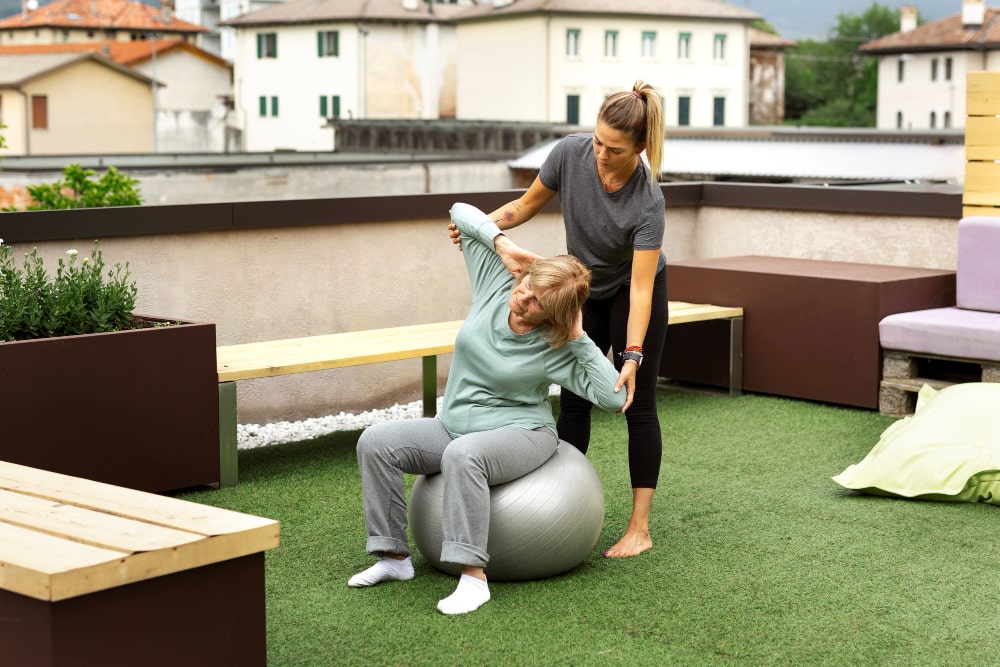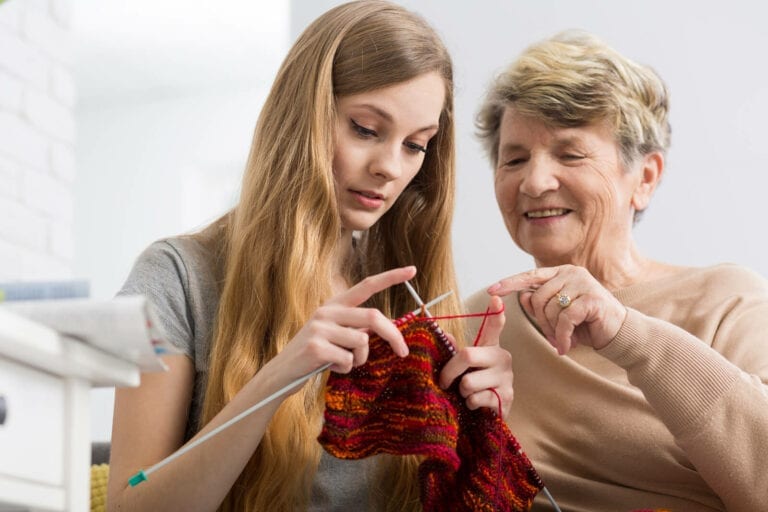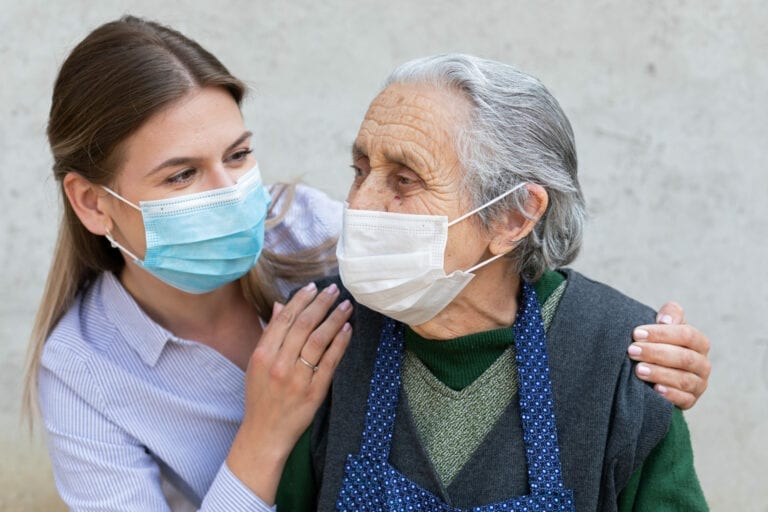As we age, it becomes increasingly important to prioritize physical activity to maintain our health and wellbeing. Staying active can reduce the risk of chronic diseases, improve mental health, and increase longevity. However, many older adults struggle to incorporate exercise into their daily routines. In this article, we will explore some simple yet effective strategies to help older adults stay active and reap the benefits of physical activity.
As we get older, our bodies go through a number of changes that can make it more difficult to engage in physical activity. Joints may become stiffer, muscles may weaken, and balance may become less stable. However, these changes do not have to be a barrier to staying active. By making some simple adjustments to our lifestyles, we can maintain our physical health and independence as we age.
Table of Contents
- Why is Physical Activity Important for Older Adults?
- Tips for Staying Active in Older Adults
- 1. Make Exercise a Part of Your Daily Routine
- 2. Find an Activity You Enjoy
- 3. Exercise with a Friend
- 4. Join a Fitness Class
- 5. Set Realistic Goals
- 6. Incorporate Strength Training
- 7. Stay Hydrated
- 8. Use Technology to Track Your Progress
- 9. Incorporate Exercise into Your Daily Activities
- 10. Practice Safe Exercise
- 11. Mix Up Your Routine
- 12. Don’t Let Bad Weather Stop You
- 13. Join a Walking Group
- 14. Listen to Music
- 15. Practice Mindful Movement
- 16. Take Care of Your Mental Health
- 17. Get Enough Sleep
- 18. Stay Positive
- 19. Stay Committed
- FAQs about Staying Active in Older Adults
- Q: How much exercise do older adults need?
- Q: Is it safe for older adults to engage in strength training?
- Q: What are some low-impact exercises for older adults?
- Q: Can older adults still exercise with health conditions such as arthritis or osteoporosis?
- Q: What are the benefits of staying active in older age?
- Q: Can staying active help with cognitive function in older age?
- Q: How can older adults stay motivated to exercise regularly?
- Q: Is it ever too late to start exercising in older age?
- Conclusion
Why is Physical Activity Important for Older Adults?
Physical activity offers numerous benefits for older adults, including:
- Improved cardiovascular health
- Reduced risk of chronic diseases, such as diabetes, heart disease, and stroke
- Improved bone density and reduced risk of osteoporosis
- Improved balance and coordination, reducing the risk of falls
- Improved mental health and cognitive function
- Increased longevity
Tips for Staying Active in Older Adults
1. Make Exercise a Part of Your Daily Routine
Incorporating exercise into your daily routine is one of the best ways to ensure you are staying active. This could be as simple as taking a brisk walk every morning or doing some stretches before bed. By making exercise a habit, it becomes easier to stick to and becomes a natural part of your day.
2. Find an Activity You Enjoy
Exercise doesn’t have to be a chore. Finding an activity you enjoy can make staying active feel less like a task and more like a fun hobby. This could be anything from dancing to gardening to swimming. Experiment with different activities until you find one that you love.
3. Exercise with a Friend
Exercising with a friend can make it more enjoyable and help keep you accountable. Make a plan to go for a walk or try a fitness class together. Having someone to chat with can make the time go by faster, and you may be more likely to stick to your exercise routine if you have a friend to do it with.
4. Join a Fitness Class
Joining a fitness class can be a great way to stay active and meet new people. There are many classes available specifically for older adults, such as water aerobics, yoga, and tai chi. These classes are designed to be low-impact and can be a great way to improve flexibility, balance, and strength.
5. Set Realistic Goals
Setting realistic goals can help keep you motivated and on track. Start with small goals, such as walking for 10 minutes a day, and gradually increase the amount of time or intensity of your exercise. Celebrate your progress along the way to keep yourself motivated.
6. Incorporate Strength Training
Strength training is an important component of staying active, especially as we age. Building and maintaining muscle can help improve balance, prevent falls, and reduce the risk of injury. Incorporate strength training exercises, such as squats, lunges, and push-ups, into your exercise routine.
7. Stay Hydrated
Staying hydrated is important for overall health, especially during exercise. Make sure to drink plenty of water before, during, and after exercise to prevent dehydration and maintain energy levels.
8. Use Technology to Track Your Progress
Using technology, such as a fitness tracker or pedometer, can help you track your progress and stay motivated. Many fitness apps are available for smartphones and can help you set goals, track your workouts, and connect with other users for support.
Learn More: Digital Safety for Seniors
9. Incorporate Exercise into Your Daily Activities
You don’t have to go to the gym to stay active. Incorporating exercise into your daily activities can be a simple and effective way to stay active. This could include taking the stairs instead of the elevator, walking to the grocery store, or doing some light gardening.
10. Practice Safe Exercise
It’s important to practice safe exercise, especially as we age. Before starting a new exercise program, talk to your doctor to make sure it is safe for you. Make sure to warm up before exercising, use proper form, and wear appropriate footwear to prevent injury.
11. Mix Up Your Routine
Mixing up your exercise routine can help prevent boredom and keep you motivated. Try new activities or switch up your routine to keep things interesting.
12. Don’t Let Bad Weather Stop You
Bad weather can be a common barrier to exercise, but there are still plenty of options for staying active indoors. Try doing some light yoga or stretching, using an exercise bike or treadmill, or following an online workout video.
13. Join a Walking Group
Walking groups can be a great way to stay active and socialize with others. Many cities have organized walking groups for older adults, or you can start your own with friends or neighbors.
14. Listen to Music
Listening to music can be a great way to stay motivated during exercise. Create a playlist of your favorite songs to keep you energized and help the time go by faster.
15. Practice Mindful Movement
Mindful movement, such as yoga or tai chi, can be a great way to stay active while also reducing stress and improving mental health. These practices focus on the mind-body connection and can help improve flexibility, balance, and strength.
16. Take Care of Your Mental Health
Physical activity is important for mental health as well as physical health. Make sure to prioritize self-care and seek help if you are struggling with mental health issues.
17. Get Enough Sleep
Getting enough sleep is crucial for overall health and can also help improve physical performance. Make sure to prioritize sleep and establish a bedtime routine to help you get a restful night’s sleep.
18. Stay Positive
Staying positive and focusing on the benefits of exercise can help you stay motivated and committed to staying active. Celebrate your progress and focus on the positive changes you are making in your life.
19. Stay Committed
Staying active is a lifelong commitment, but the benefits are well worth it. Keep up the good work and stay committed to your health and wellbeing.
FAQs about Staying Active in Older Adults
Q: How much exercise do older adults need?
A: The American Heart Association recommends that older adults engage in at least 150 minutes of moderate-intensity aerobic exercise per week, in addition to strength training exercises at least two days per week.
Q: Is it safe for older adults to engage in strength training?
A: Yes, strength training is safe and important for older adults to maintain muscle mass, improve balance, and reduce the risk of falls. Make sure to talk to your doctor before starting a new exercise program.
Q: What are some low-impact exercises for older adults?
A: There are many low-impact exercises that are safe and effective for older adults, including walking, swimming, cycling, yoga, tai chi, and water aerobics.
Q: Can older adults still exercise with health conditions such as arthritis or osteoporosis?
A: Yes, older adults with health conditions can still exercise with the guidance of their healthcare provider. Low-impact exercises such as walking, swimming, and yoga can be helpful for those with arthritis, while weight-bearing exercises such as walking and strength training can be beneficial for those with osteoporosis.
Q: What are the benefits of staying active in older age?
A: Staying active in older age can have many benefits, including improved cardiovascular health, reduced risk of chronic disease, increased muscle strength and flexibility, improved mental health, and a reduced risk of falls.
Q: Can staying active help with cognitive function in older age?
A: Yes, studies have shown that staying active can help improve cognitive function in older age, including memory, attention, and processing speed.
Q: How can older adults stay motivated to exercise regularly?
A: Staying motivated to exercise regularly can be a challenge, but setting achievable goals, tracking progress, and finding enjoyable activities can help. Social support from friends, family, or a fitness group can also provide motivation and accountability.
Q: Is it ever too late to start exercising in older age?
A: It’s never too late to start exercising and reaping the benefits of physical activity, no matter what age you are. Starting slowly and gradually building up activity can help prevent injury and make exercise more enjoyable and sustainable.
Conclusion
Staying active in older age is important for overall health and wellbeing. By incorporating regular exercise into your daily routine, setting achievable goals, and finding enjoyable activities, you can improve your physical and mental health and reduce your risk of chronic disease and falls. Remember to practice safe exercise, listen to your body, and seek guidance from a healthcare provider before starting a new exercise program. Stay committed to your health and wellbeing, and celebrate your progress along the way.
Remember, it’s never too late to start living an active and healthy lifestyle. Start small, set achievable goals, and make exercise a priority in your daily routine. Your body and mind will thank you for it!







